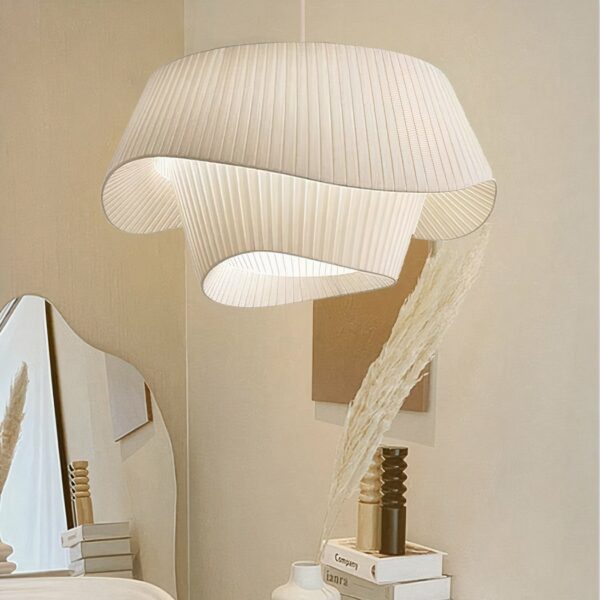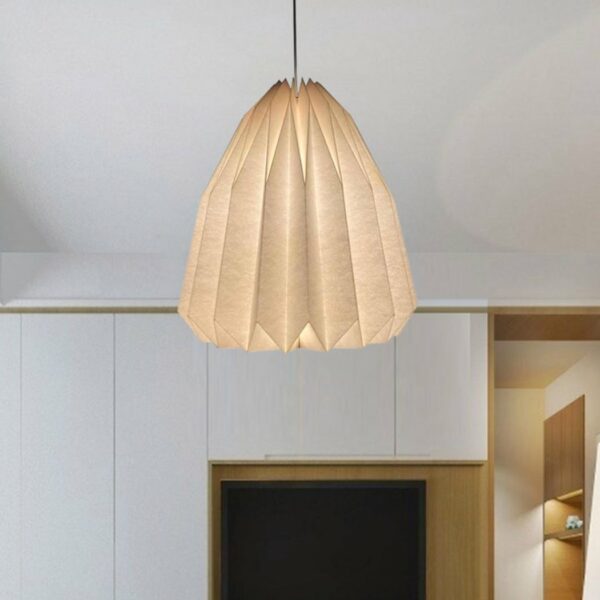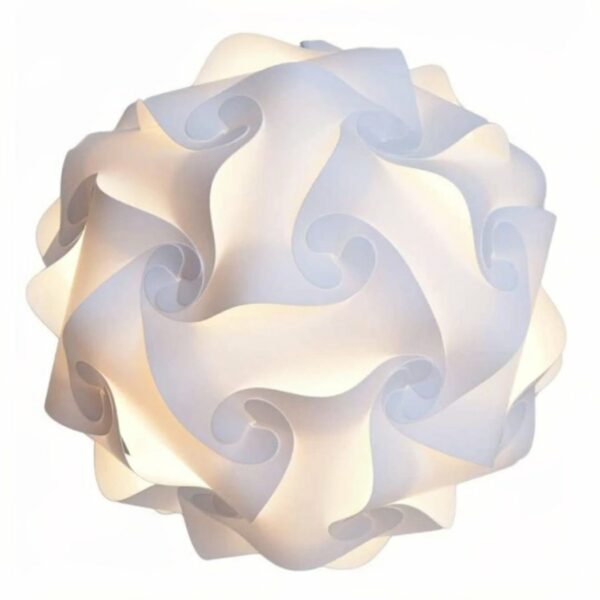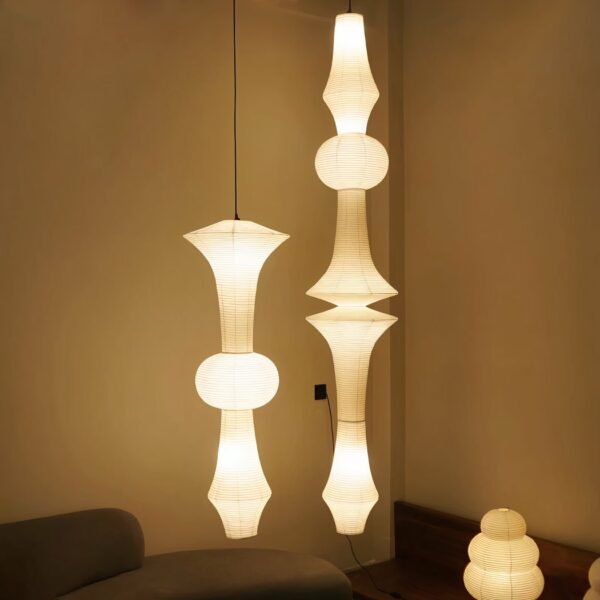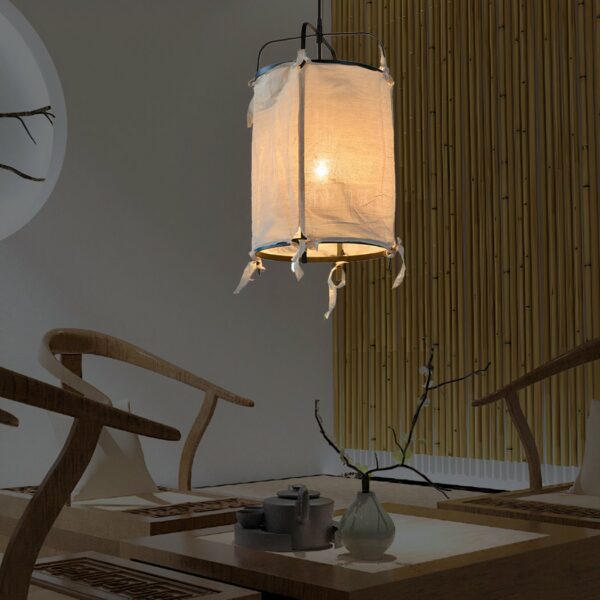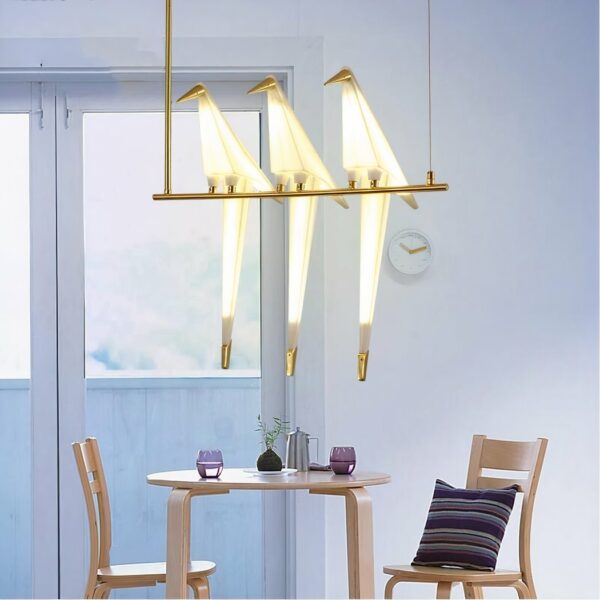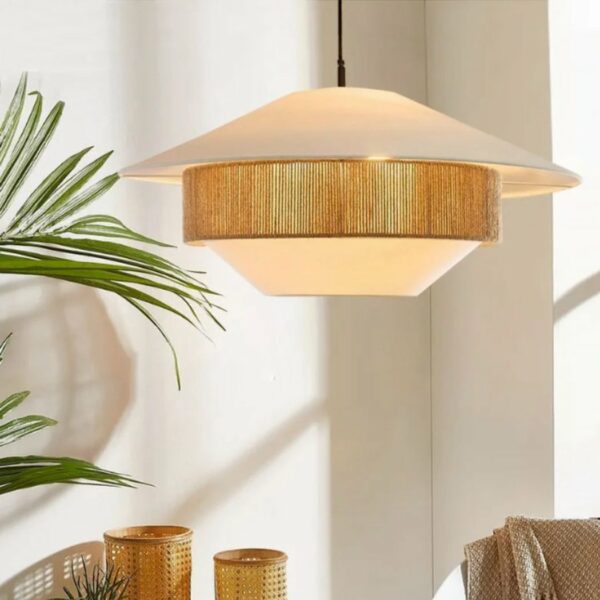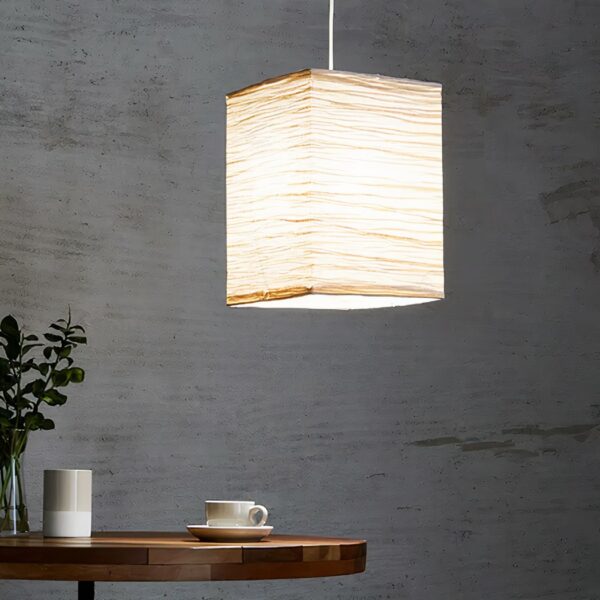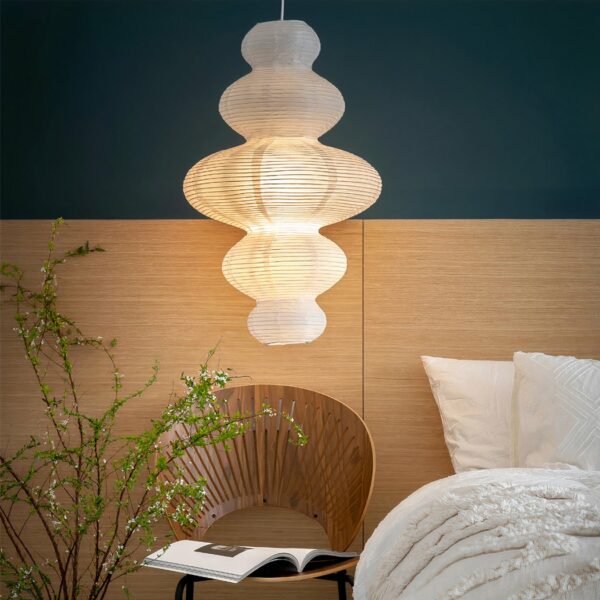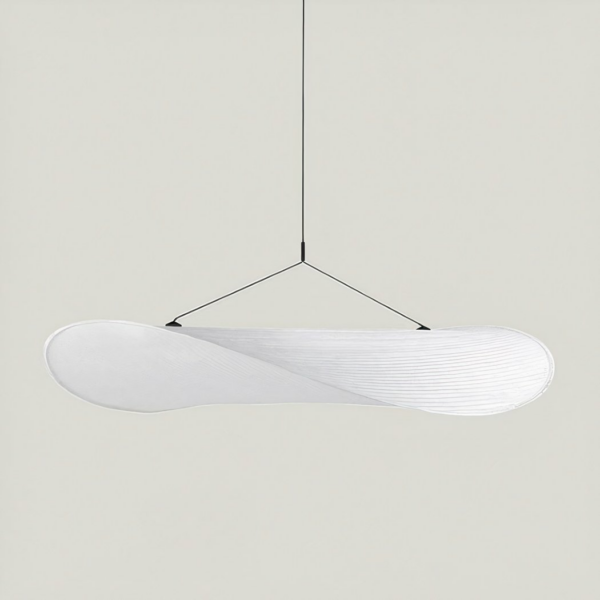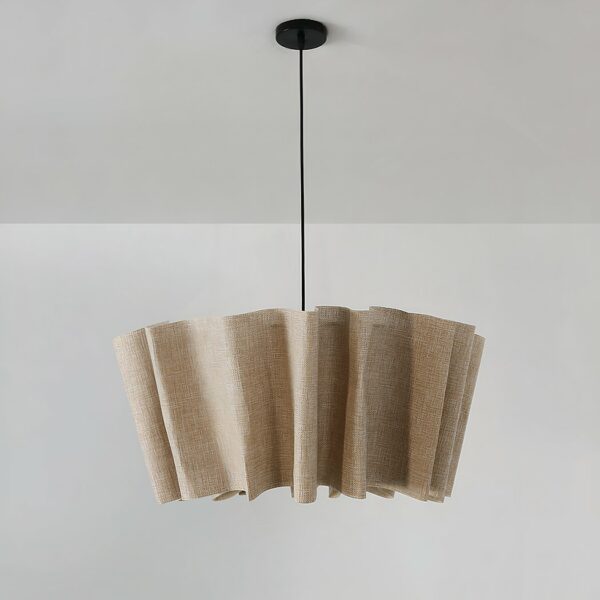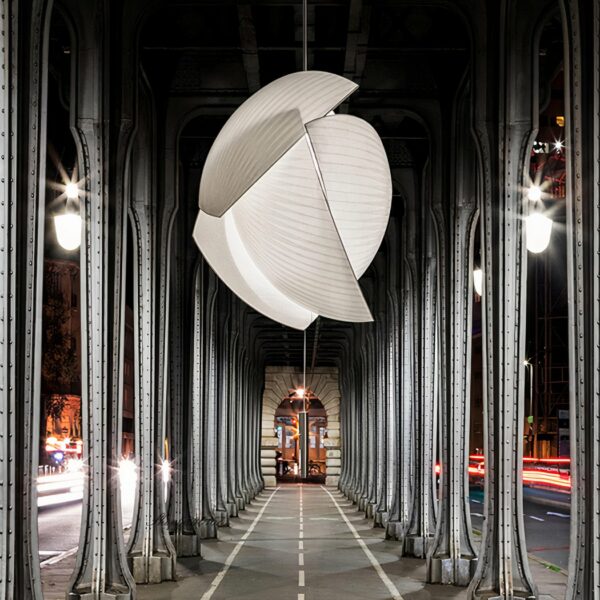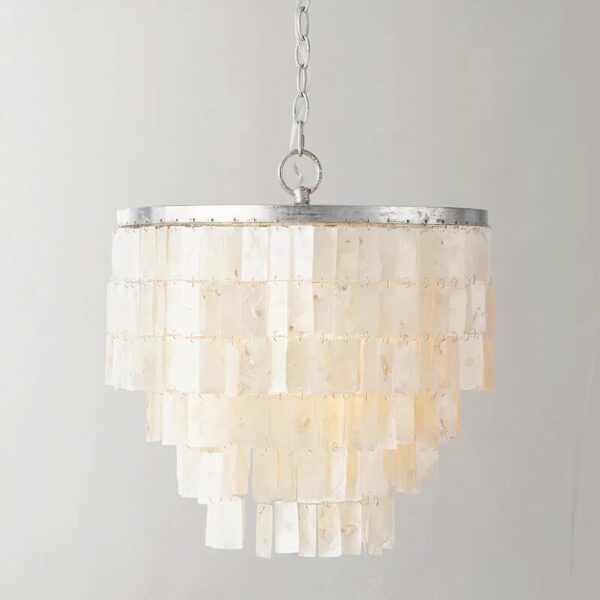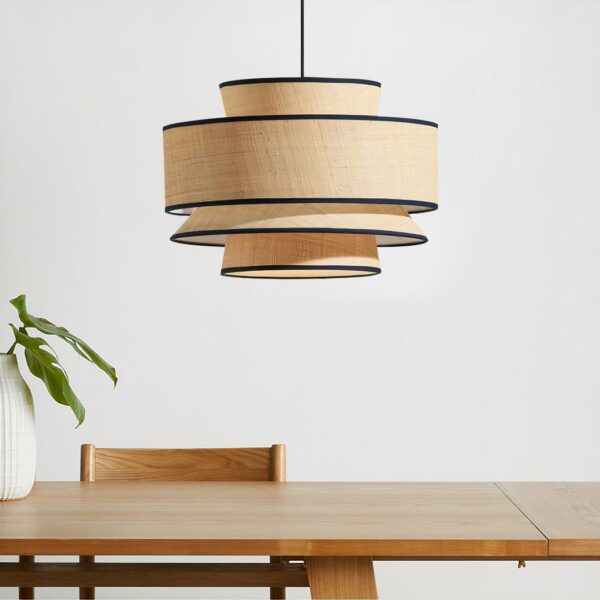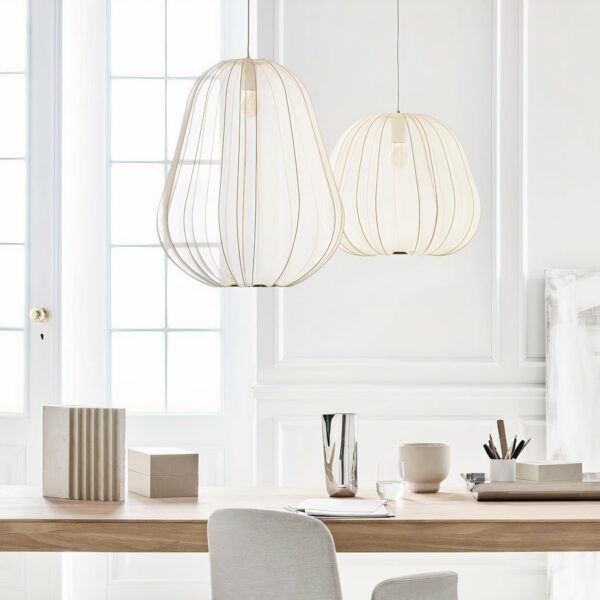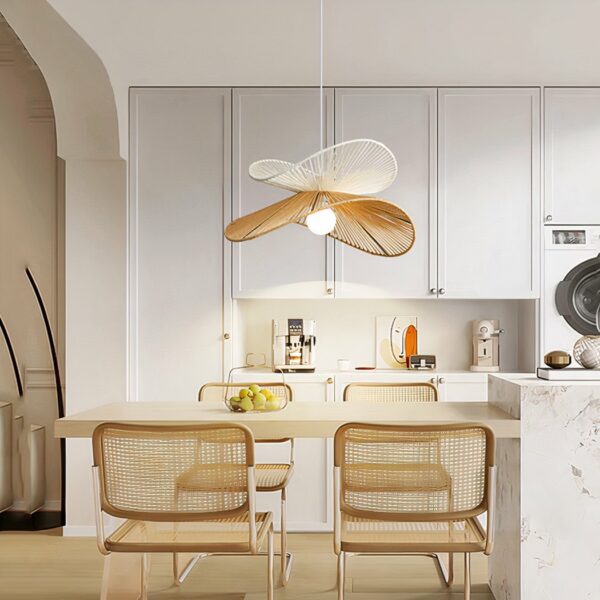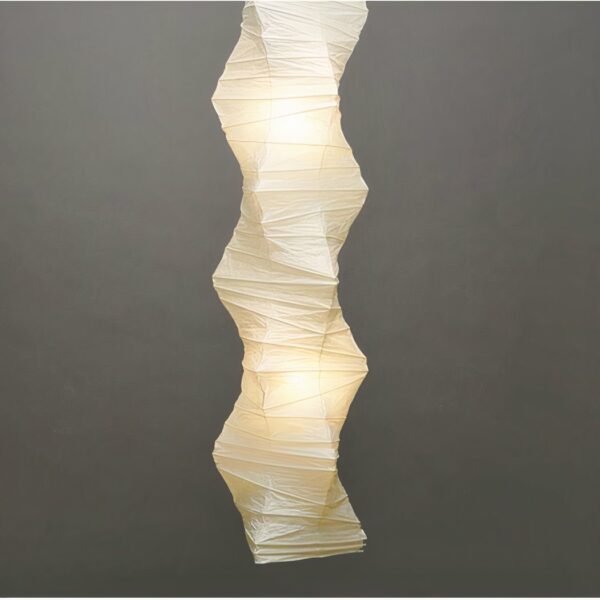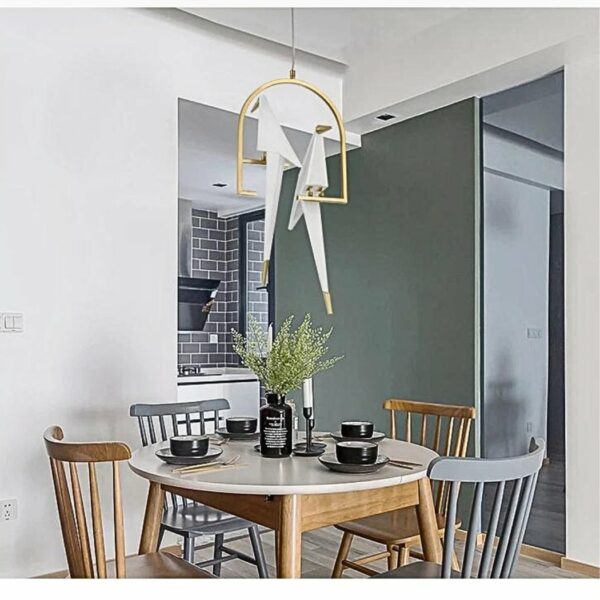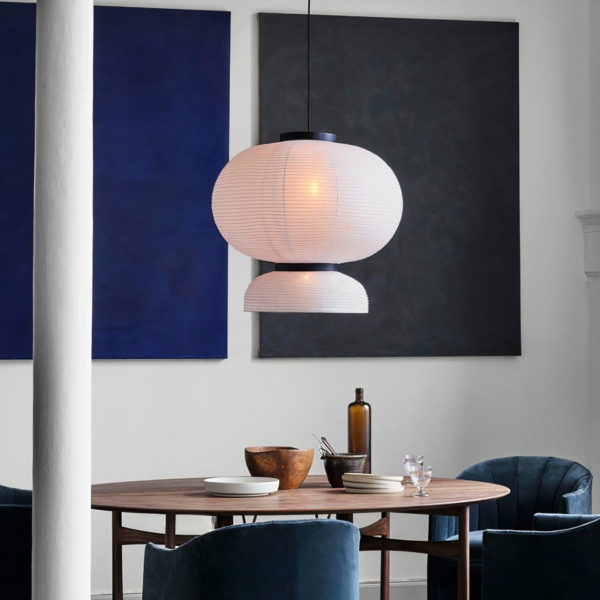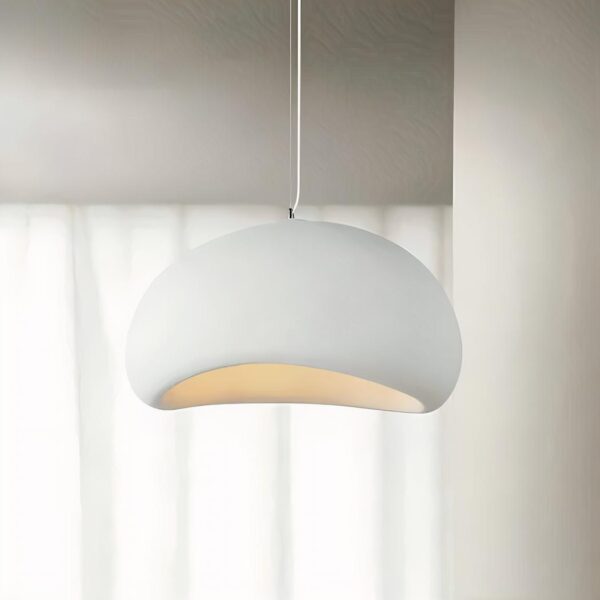Showing all 21 results
-
$39,80 – $59,80 Add to cart - $39,80 This product has multiple variants. The options may be chosen on the product page
-
$288,70 – $356,90 Add to cart - $288,70 This product has multiple variants. The options may be chosen on the product page
-
$293,90 – $419,90 Add to cart - $293,90 This product has multiple variants. The options may be chosen on the product page
-
$267,70 – $295,00 Add to cart - $267,70 This product has multiple variants. The options may be chosen on the product page
-
$272,90 – $419,90 Add to cart - $272,90 This product has multiple variants. The options may be chosen on the product page
-
$356,90 Add to cart - $356,90 This product has multiple variants. The options may be chosen on the product page
-
$189,90 – $429,90 Add to cart - $189,90 This product has multiple variants. The options may be chosen on the product page
Showing all 21 results
The art of Japanese suspension: a fusion of charm and uniqueness for your living space
What is a Japanese suspension lamp
A Japanese suspension light is a type of pendant lighting that has its origins in Japanese culture. It’s ideal for creating a cosy, warm atmosphere in any room, thanks to its soft diffused light. Japanese pendant lights are generally made from natural materials such as rice paper, woven bamboo or cotton.
The different types of Japanese hanging lamps
There are several types of Japanese pendant available on the market, including:
- Japanese white paper suspensions: these suspensions are often called “lampions” or “boules chinoises”. They are lightweight and available in various sizes (up to 60 cm in diameter). Patterns can range from simple plain white to more colorful and elaborate designs.
- Woven bamboo pendant lights: made from natural bamboo fibers, these pendant lights sport a unique structure that adds character to your interior. They’re also available in a variety of sizes and styles.
- Japanese fabric hangers: these hangers use traditional Japanese textiles such as cotton or silk, offering a soft, pleasing visual rendering.
Choosing the ideal Japanese suspension
To choose the right Japanese suspension for your living space, consider the following:
- The space available: measure the ceiling height and the space where you wish to install the suspension.
- The desired ambience: determine whether you prefer a warm ambience (rice paper suspension) or a more modern style (bamboo suspension).
- The light wattage required: check the bulb’s specifications to be sure it will provide enough light for your room.
The unsuspected benefits of a Japanese suspension lamp in your home
A cosy, relaxing atmosphere
The soft light diffused by a Japanese lamp creates a soothing atmosphere, conducive to relaxation. It’s therefore perfect for a living room or bedroom.
A unique decorative element
A Japanese suspension lamp is an eye-catcher thanks to its original, handcrafted design. It thus becomes a real decorative element that adds character to your interior.
Eco-responsible
The natural materials and handcrafted manufacture of Japanese pendant lights contribute to their eco-responsible aspect. By choosing this type of lighting, you’re taking a step towards preserving the environment.
Keep your Japanese hanging light shining: tips and tricks
Maintenance and lifespan
To preserve the beauty of your Japanese suspension’s paper or fabric, here are a few essential gestures:
- Dust regularly with a soft cloth.
- Avoid exposing the suspension to excessive humidity or direct sunlight.
- Use low-energy bulbs to avoid excessive heat that could damage the material.
Precautions when changing bulbs or shades
When changing the bulb or lampshade on your Japanese suspension lamp, take the following precautions:
- Turn off the suspension and unplug the power cable.
- Wait for the bulb to cool before removing it.
- Gently handle the lampshade to avoid tearing.
Effectively cleaning bamboo hanging lamps
To clean bamboo pendant lights, use a soft, slightly damp cloth and gently rub the surface. Be sure to dry the bamboo thoroughly after cleaning to avoid any risk of mildew.
By choosing and caring for your Japanese hanging lamp correctly, it will add a wonderful and unique touch to your interior. Feel free to explore the different options among rice paper, woven bamboo and Japanese fabric hangers to find the one that perfectly matches your decorating style.
FAQ Japanese suspension
What are the different types of Japanese lanterns available?
Japanese lanterns, or “chochin”, are beautiful decorative elements that have evolved over the centuries in Japan. Traditionally made from rice paper stretched over a bamboo or metal frame, these lanterns come in a variety of styles. The most common are cylindrical or round. There are also “Andon” lanterns, rectangular lanterns often used inside houses, and “Toro” lanterns, usually made of stone or metal, used in Japanese gardens. Designs can vary from simple geometric patterns to detailed artistic images.
How to choose the right Japanese hanging lamp for your home
When choosing a Japanese hanging lamp for your interior, consider the overall style of your room, the color and size of the lantern. If your room is decorated in a simple style with clean or contemporary lines, a minimalist-simple suspension with clean lines may fit in well. For a room with a more traditional or rustic aesthetic, a lantern with detailed or artistic motifs might be more appropriate. As for color, neutral shades such as white, beige or gray blend easily with most decors. However, to add a splash of color, consider lanterns in soft hues like pale pink or moss green.
What are the advantages of a Japanese pendant over other types of lighting?
Japanese pendant lights offer a soft, soothing light, perfect for creating a relaxing ambience. Their sleek, elegant design is timeless, adapting to many decorating styles. What’s more, thanks to their lightweight construction, they are generally easy to install. They are also versatile, suitable for both modern spaces and traditional interiors. What’s more, these lanterns are often affordable, offering an aesthetically pleasing lighting solution without breaking the bank.
How to care for a Japanese hanging lamp so that it retains its original appearance
Taking care of your Japanese suspension will extend its life and preserve its beauty. First of all, avoid exposing the lantern to excessive humidity, as the paper could deteriorate. To remove dust, use a soft brush or dry cloth. If your lantern is stained, wipe gently with a slightly damp cloth, avoiding over-wetting the paper. If the lantern is heavily stained or damaged, consider professional restoration or replacement. Finally, when changing the bulb, make sure you choose one that doesn’t produce too much heat to avoid damaging the lantern. For maintenance, bring a tool and possibly a new socket.
